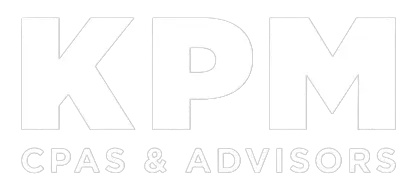Employee records are more than just paperwork — they serve as proof of compliance, protection in the case of disputes, and documentation to support key employment decisions. Knowing what records to keep, and for how long, is an important part of payroll and HR best practices.
Why Are Retention Timelines Important?
Several federal and state laws require employers to retain employee records for specific periods of time. These requirements exist to:
- Support investigations or audits by agencies like the IRS, DOL, and EEOC
- Serve as legal protection in the event of a dispute or claim
- Ensure transparency and fairness in employment decisions
- Document wage and hour practices for compliance with the Fair Labor Standards Act (FLSA)
Failing to retain the right records — or discarding them too soon — can lead to penalties, fines, or a lack of documentation when you need it most.
Types of Employee Records & How Long to Keep Them
Here’s a breakdown of common categories of records, what they include, and the recommended retention period based on current federal guidelines:
1. Payroll Records
What’s Included: Time sheets, pay rates, hours worked, pay stubs, deductions, and direct deposit authorizations.
Retention Rule: Keep for at least three years
Governing Law: FLSA
Why It Matters: These records provide documentation that employees were paid fairly and in compliance with minimum wage, overtime, and wage payment laws.
2. Personnel Files
What’s Included: Job applications, performance evaluations, promotions, demotions, disciplinary actions, and termination documents.
Retention Rule: Keep for at least one year after termination
Governing Law: Equal Employment Opportunity Commission (EEOC)
Why It Matters: These records help demonstrate non-discriminatory employment practices and can support an employer’s case if a complaint or legal challenge arises.
3. Wage & Hour Support Documents
What’s Included: Records explaining wage differences, such as job descriptions, merit increases, and seniority documentation.
Retention Rule: Keep for at least two years
Governing Law: FLSA
Why It Matters: If you’re ever questioned about pay equity or different rates among employees, these records can help justify your compensation decisions.
4. Form I-9 (Employment Eligibility Verification)
What’s Included: Form I-9 and copies of supporting identification documents.
Retention Rule: Keep for three years after hire or one year after termination — whichever is later
Governing Law: Immigration Reform and Control Act
Why It Matters: These records confirm that each employee is authorized to work in the U.S. and must be available for inspection by immigration officials if requested.
5. Benefit & Retirement Records
What’s Included: Plan documents, enrollment forms, beneficiary designations, and notices provided to employees.
Retention Rule: Keep for at least six years
Governing Law: Employee Retirement Income Security Act
Why It Matters: If employees have questions about their benefits or if there’s an audit of your retirement plan, you’ll need to provide these documents.
6. Health & Safety Records
What’s Included: Occupational Safety and Health Administration (OSHA) logs, workplace injury records, and records of exposure to toxic substances (if applicable).
Retention Rule: Keep OSHA injury logs for five years; exposure records for 30 years
Governing Law: OSHA
Why It Matters: These records protect both employers and employees in the case of long-term illness claims or regulatory reviews.
Putting It into Practice: Tips for Staying Organized
- Create a records retention policy. Outline which records your company maintains and how long each type is stored.
- Separate current and former employee files. This makes it easier to manage timelines and avoid keeping outdated records longer than necessary.
- Use secure digital storage. If you’re moving away from paper, ensure files are encrypted and backed up regularly.
- Schedule periodic reviews. Consider conducting an annual records audit to clean up outdated files and verify that your practices align with current law.
- Be cautious when disposing. Always shred or securely delete sensitive employee information.
Need Guidance? We’re Here to Help.
Navigating employee recordkeeping can feel overwhelming, especially as rules change and your workforce grows. Our payroll professionals can help you evaluate your current practices, make sure you’re meeting legal standards, and simplify your system going forward. Contact us.

